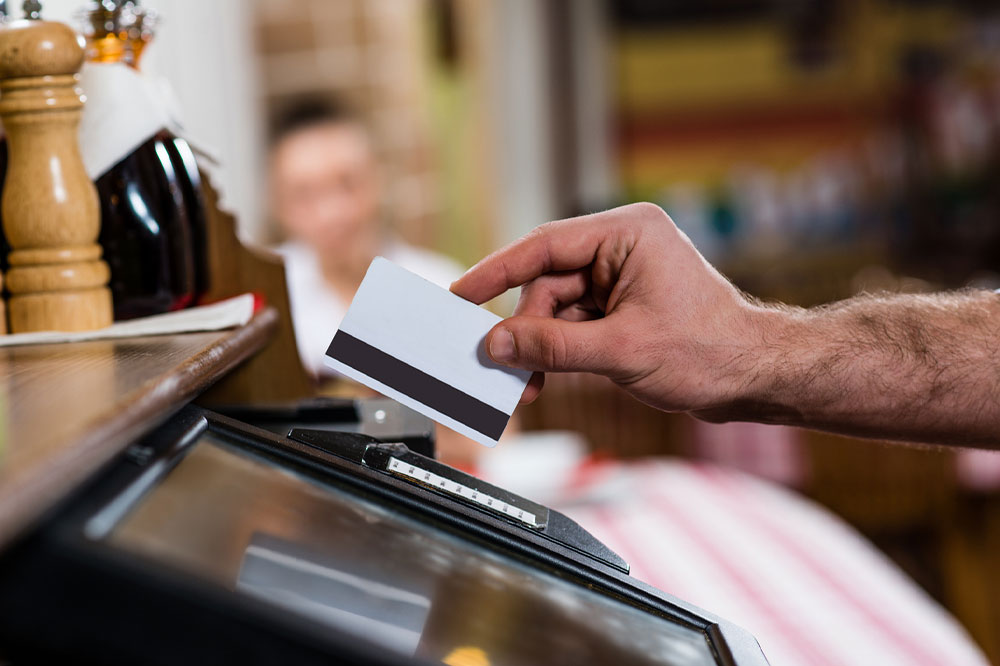5 ways you can prevent chargeback fraud
Customers have the option of raising a dispute with the bank or credit card issuer and demanding a refund for any purchase made. This is what you call a chargeback, where the merchant must refund the amount. However, there are many instances where this request can be fraudulently raised by scammers online that only results in revenue loss. Here are five ways you can effectively implement chargeback fraud prevention for businesses.
Use a token system
Customers trust your business with sensitive account information and card numbers while making a payment. So, it is better to opt for a unique tokenization system that can be traced back to the original customer data only with a business owner’s master key.

AVS and CVV for online transactions
Address Verification Systems confirm if the address given for the invoice belongs to the cardholder, and if there is any discrepancy in the provided information, AVS can flag the transaction and notify concerned parties about potential fraud.
Secure payments systems
MasterCard SecureCode, Verified by Visa, or American Express safe key is among the popular 3D secure payment portals for merchants and businesses. After entering credit card details, customers have to follow protocols to authenticate and verify the transaction with their credentials. This is more secure than paying at a kiosk that only employs basic level encryption. As a merchant, you lower the risk of chargeback frauds with a 3D Secure payment mode. Customers also feel safe using such payment modes as it instills confidence in the business’s abilities to minimize risk during money exchange.
Order verification
Most businesses experience chargeback fraud on suspicious orders. And as a business owner, you must be aware of the tell-tale signs of a fraud order. For example, if a customer is using multiple shipping addresses, changes billing details for the invoice, or even makes purchases in quick succession, this could be a possible fraud attempt. To further secure the transaction, order verification emails should be automated and sent as soon as the order is placed. This creates a digital paper trail that is easy to track and crosscheck with other receipts. If a pattern emerges in the way things are being done, you can easily establish protocols for chargeback fraud prevention.
Keep those receipts
If at all you are a victim of chargeback fraud, documents and receipts are evidence that can be used to clear any foul play on the business end. You can use the paper trail to identify when, how, and where the fraud was committed. Now it may not necessarily point you in the direction of the fraudster but is nevertheless a good starting point in the digital paper trail.

